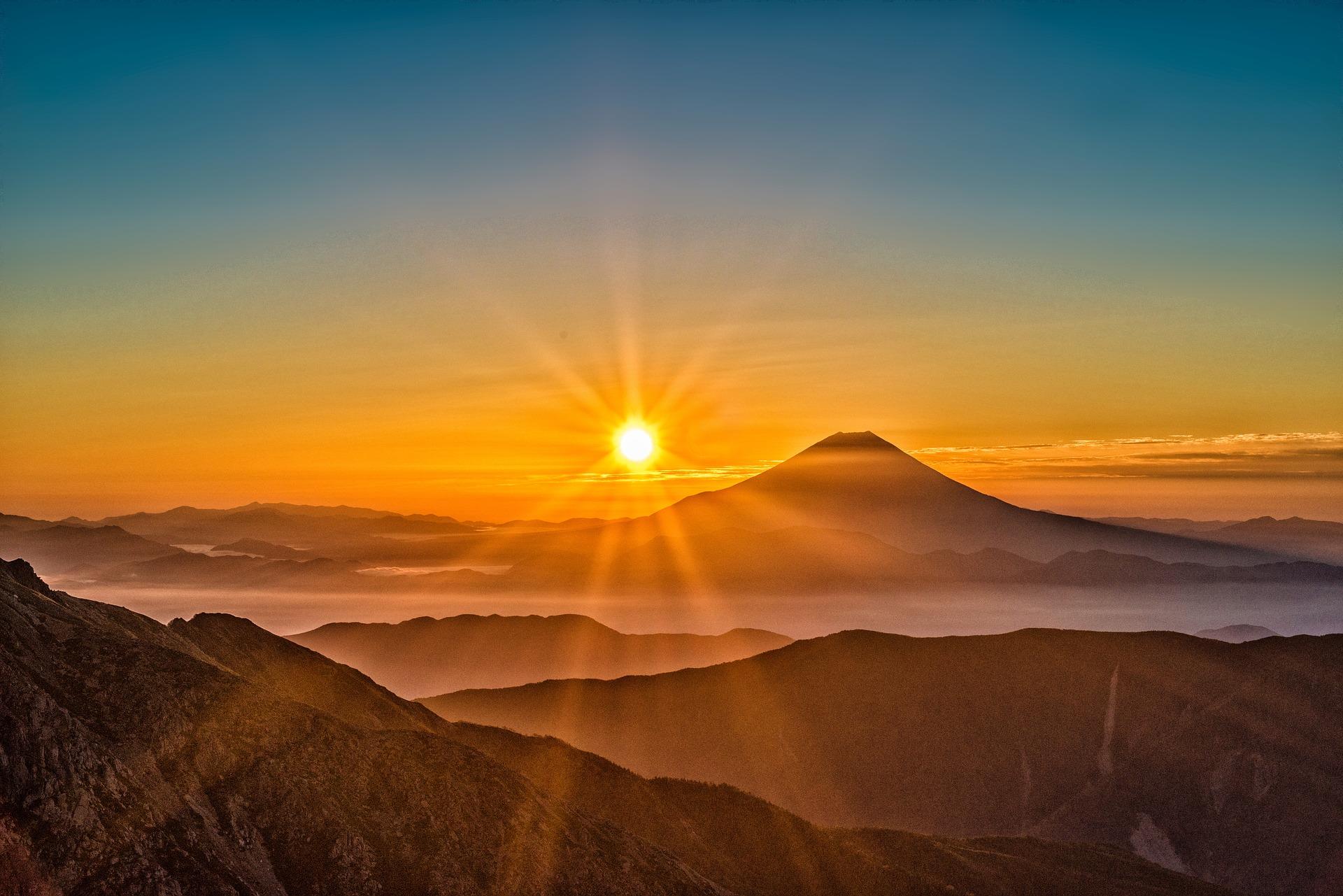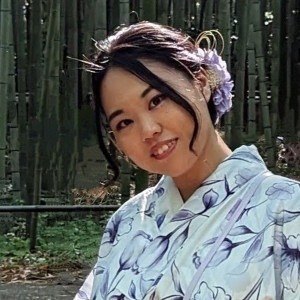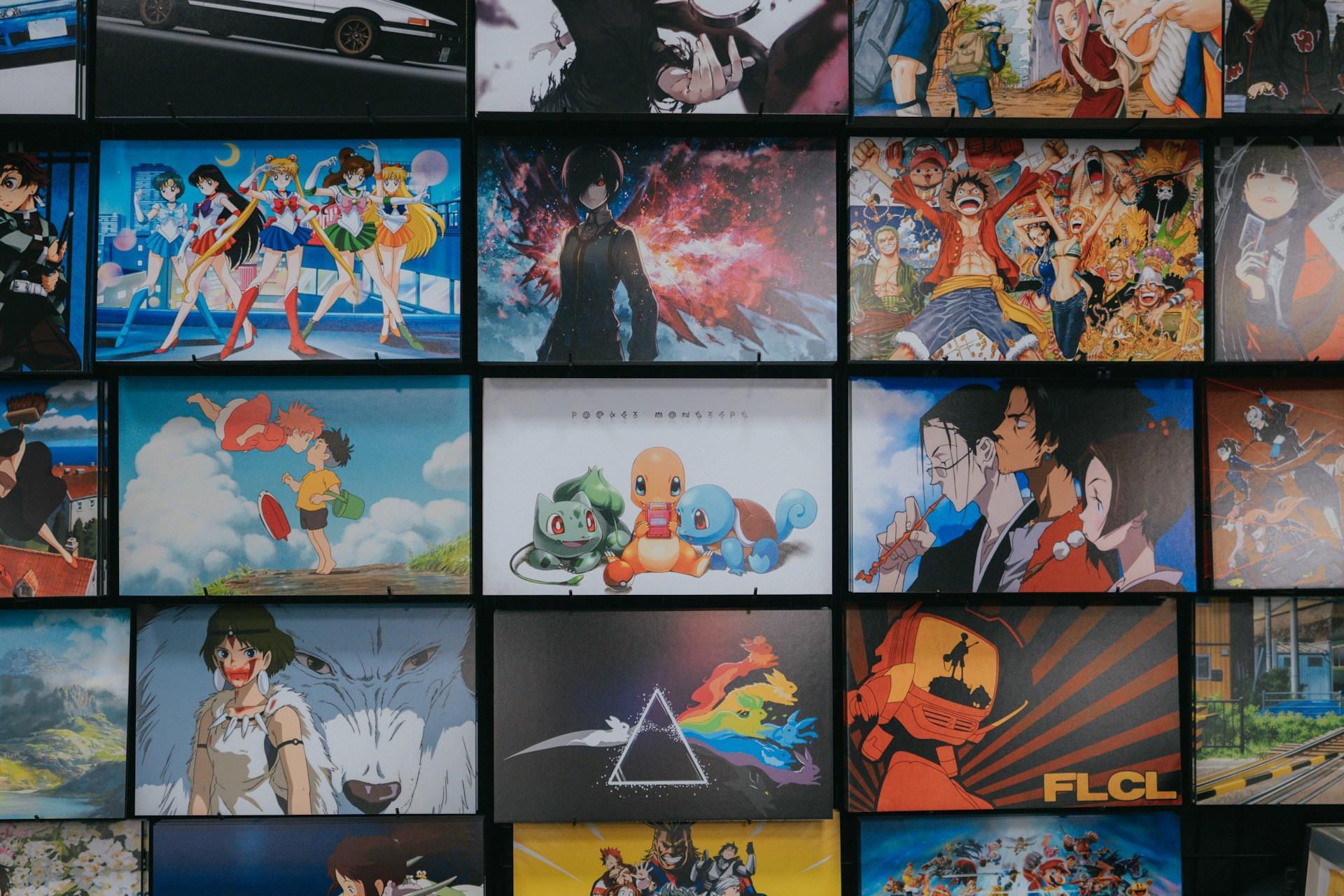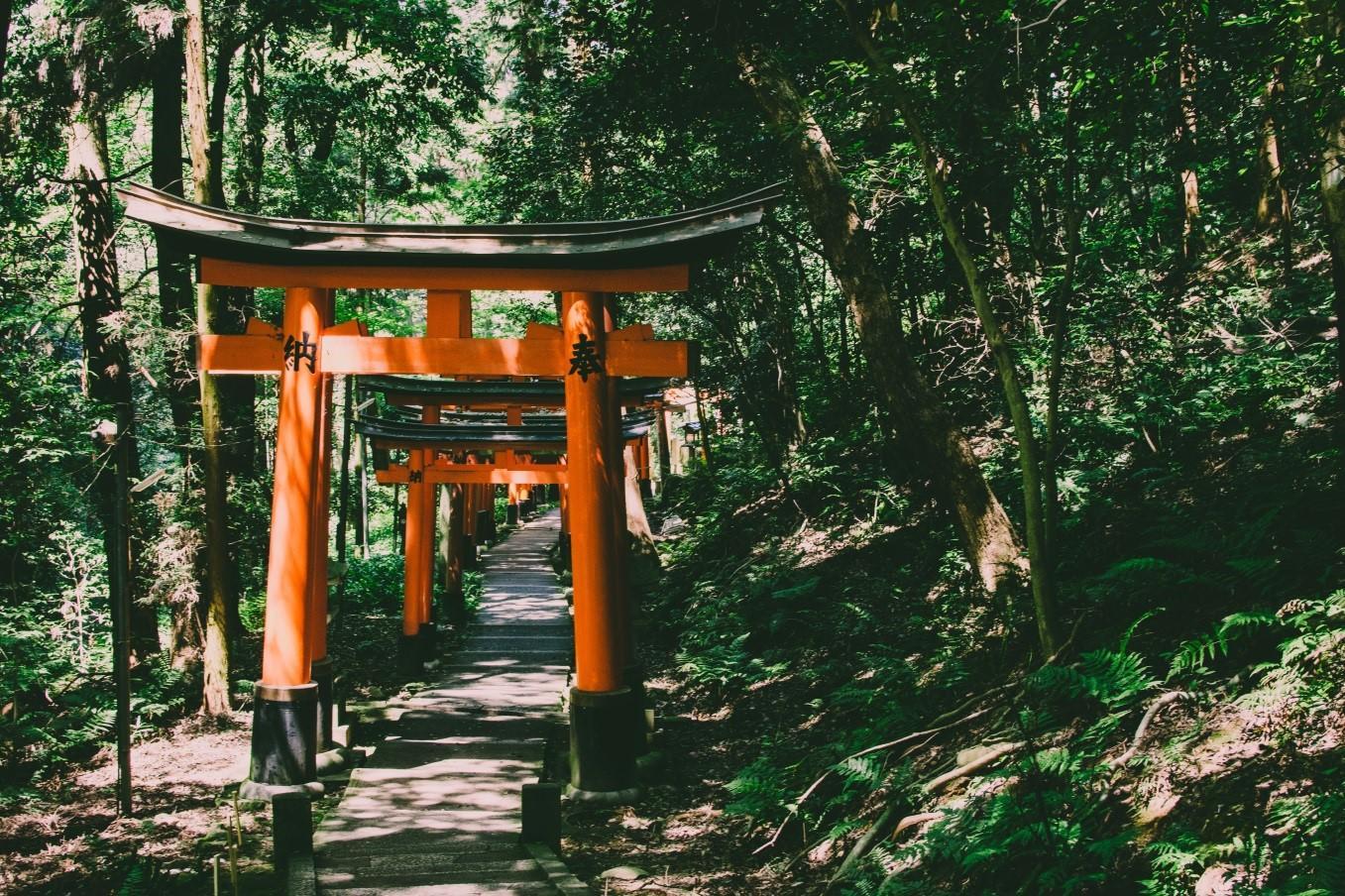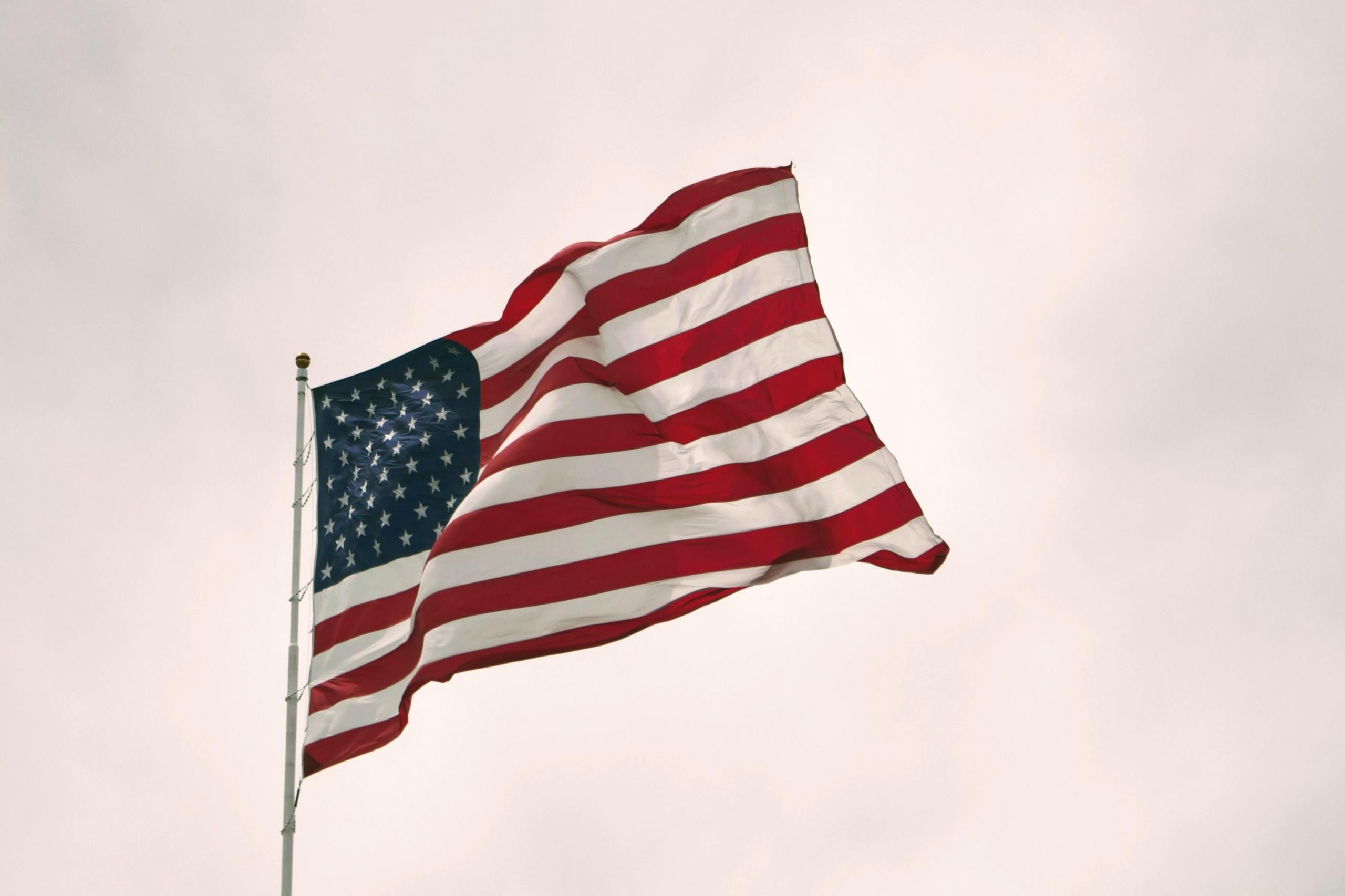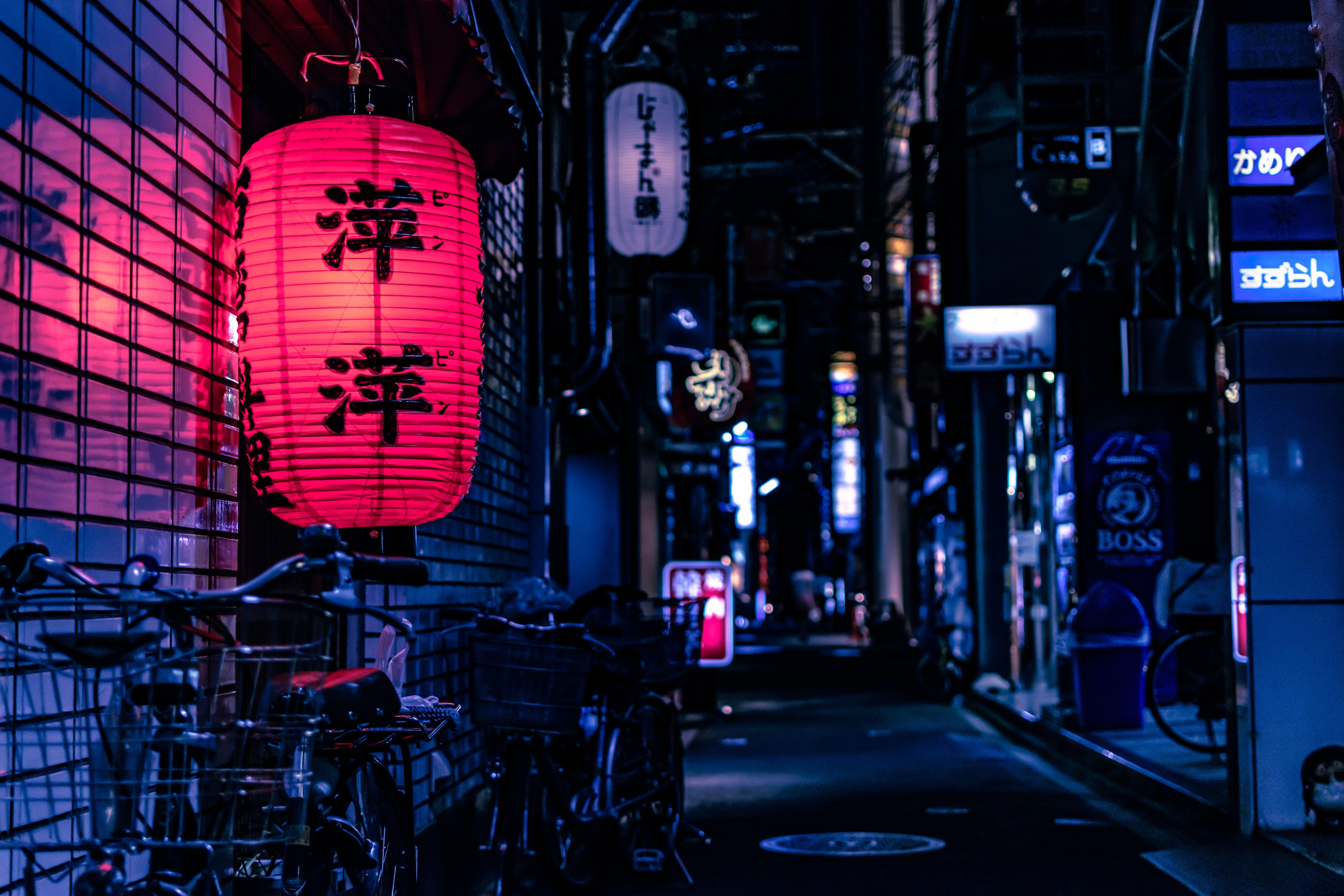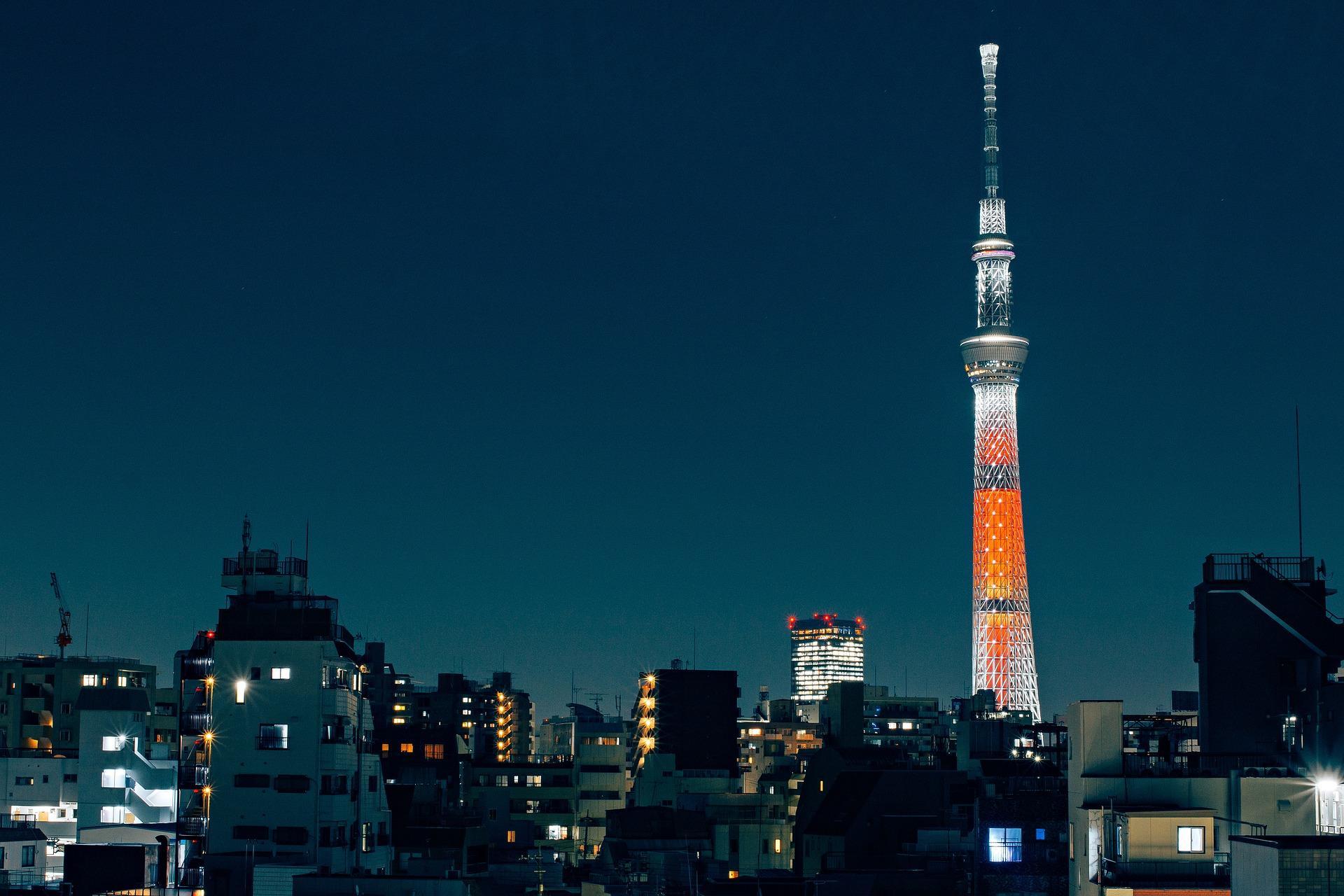Japan is made up of over 14,125 islands, but there are five main islands. Honshu, the biggest of the five, is home to the Japanese capital of Tokyo as well as several other large cities. Hokkaido, to the north, is a popular holiday destination, especially when it comes to winter sports. In the south, we find Shikoku, the smallest of these five main islands and famous for nature. Kyushu is a mixed bag with volcanoes, historic sites, and small villages. Okinawa is known for its tropical climate, beautiful beaches and amazing culture. This last island is home to historic sites like Shuri Castle and the rich traditions of the Ryukyu Kingdom. Here’s our guide to discovering Japan’s five main islands!
Key Takeaways
- Honshu 🗼
- Largest island and Japan's cultural hub, home to Tokyo, Kyoto, Osaka, and Mount Fuji.
- Must-visit for its historic landmarks, iconic shrines, vibrant city life, and world-class cuisine.
- Hokkaido 🎿
- Northern island renowned for winter sports, hot springs, and stunning snowy landscapes.
- Visit Sapporo, Niseko, and natural wonders like Hell Valley and Lake Tōya.
- Shikoku 🌸
- Smallest main island, celebrated for its 88-temple pilgrimage, natural beauty, and cherry blossoms.
- Explore Matsuyama’s hot springs, traditional villages, and dramatic gorges.
- Kyushu 🌋
- Famous for its volcanoes, historic cities, and onsen like Beppu and Unzen.
- Don’t miss Fukuoka’s vibrant cityscape, Nagasaki’s cultural heritage, and Hakata ramen.
- Okinawa 🏖️
- Tropical paradise with pristine beaches, coral reefs, and unique Ryukyu culture.
- Discover Shuri Castle, enjoy traditional music and dance, and savor Okinawan cuisine.

Japan’s Main Island: Honshu
Why should you visit Honshu?
There are several reasons to visit Honshu, the largest island in the Land of the Rising Sun and, generally, when people travel to Japan, they'll head to Honshu as it's the largest island, home to the major cities like Tokyo and Kyoto, Mount Fuji, Disneyland, and most of the other famous attractions and destinations that people have heard of.
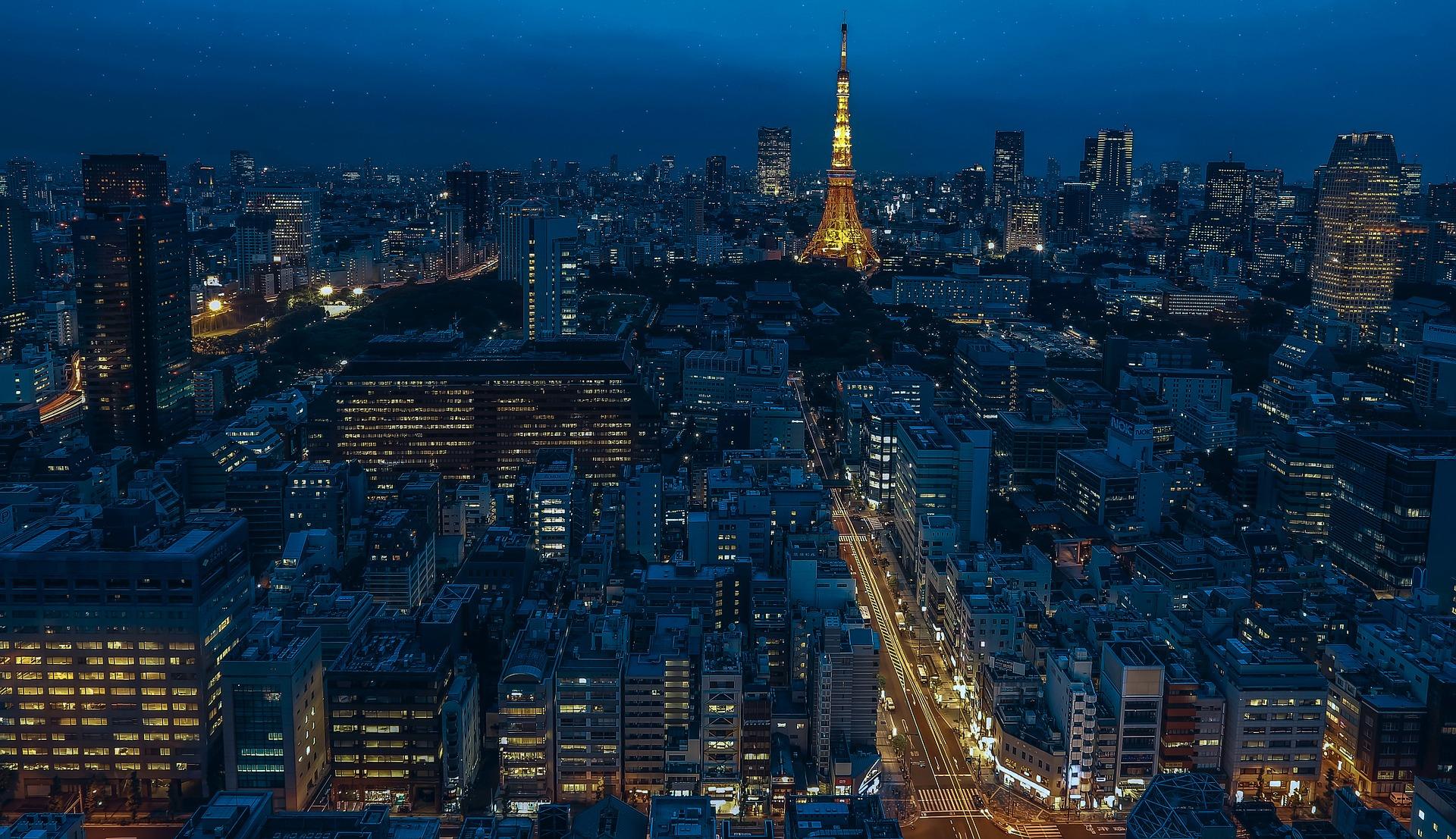
The capital city of Japan is one of the main reasons people head to the island of Honshu. It’s almost impossible to visit Japan without visiting the capital.
You can’t visit Tokyo in a week, there is just so much to see and do! Here are a few notable ones!
- Shibuya, the “city center”.
- Shinjuku, home to Tokyo’s nightlife.
- The Japanese Imperial Palace.
- Akihabara, home to electronics, anime and manga.
- Roppongi, home to Japan’s nightclubs.
- Sens-Ji, the Buddhist temple in Asakusa.
- The Tokyo Skytree.
- The Meiji Jingu shrine.
- Tokyo Disneyland
- The artificial island of Odaiba.
- The museums around the city.
Of all the places in Honshu worth visiting, we also need to mention Kyoto, the former capital that’s famous for Geishas, temples, and shrines. Osaka is famous for its castle. There are also cities like Hiroshima, Miyajima, Kamakura, Nara, and Nagoya.
Honshu is also home to Mount Fuji, Japan’s tallest mountain and a symbol of the nation itself. Its beauty will take your breath away. Fuji is perfect for a trip outside of the city. This world heritage site is filled with shrines and torii.
The Kansai and Kanto regions are also worth visiting. You can enjoy sushi, ramen, sake (in moderation), and yakitori. The cuisine in Japan is second to none. Of course, when you travel to Japan, you can visit whatever destinations you want and while Honshu has plenty of great things to see and do, that doesn't mean a holiday elsewhere in Japan is a wasted trip.
The Best Places in Hokkaido
Hokkaido is an island to the north of Japan that’s famous for being a popular holiday destination for Japanese tourists. There are plenty of places to visit in Hokkaido and you really have to visit Japan several times to see it all, but here’s a summary.
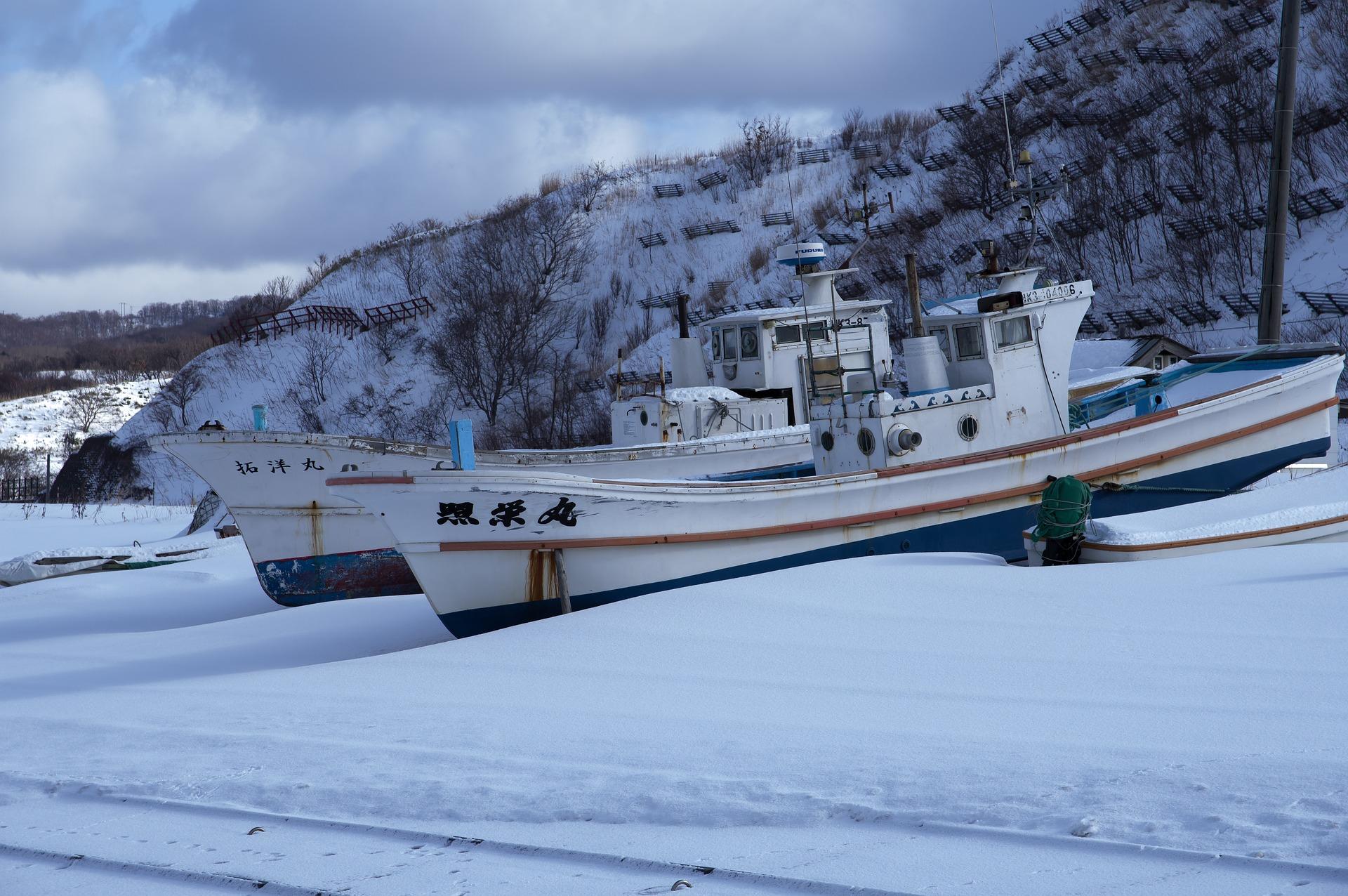
Hokkaido is famous for Japan’s winter sports scene with ski resorts like the one at Niseko. The tall mountains and cold weather are perfect for it, and the snowy scenery is also incredibly beautiful.
In Hokkaido, you need to visit the capital Sapporo, which is home to over 2 million people! This is a popular tourist destination and is famous for its food and hot springs.
Other cities worth visiting in Hokkaido include the following!
- Abashiri, a coastal town.
- Hakodate with its port.
- Asahikawa and the zoo.
- Chitose, where you’ll find the international airport.
- Furano and the ski resort.
Hokkaido is also home to Hell Valley (Jigokudani), the Hiyoriyama volcano, and many onsens. The Japanese hot springs here are famous and it would be a shame to miss them. There’s also Lake Teya and the Geopark, Mount Yetei, and the Makomanai Takino Buddhist cemetery with its giant Buddha. You won't get bored in Hokkaido.
Hokkaido is home to wildlife found nowhere else in Japan! You can spot the Ezo red fox, Hokkaido brown bear and the elegant red-crowned crane. They are considered a symbol of luck and longevity! The island's vast wilderness, including the Shiretoko Peninsula (a UNESCO World Heritage Site), provides perfect habitats for these animals.

Shikoku, Perfect for Holidays in Japan
Even though Shikoku is one of the smaller of Japan’s main islands, it’s still a wonderful place to visit and explore when you’re in Japan. It’s famous all over Japan and there are plenty of reasons to visit.
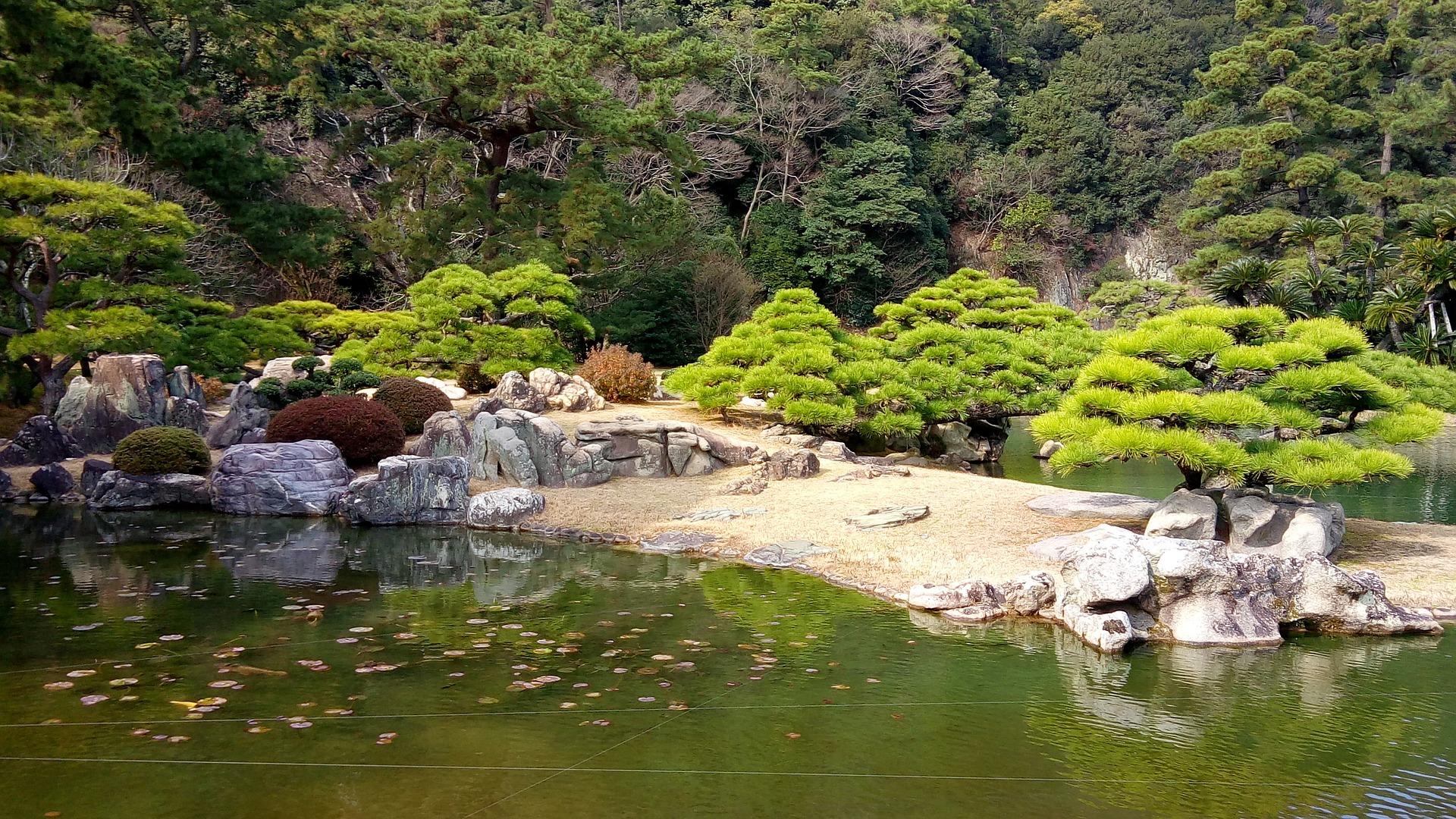
Shikoku is full of nature and you can feel Japanese tradition emanating off almost anything. You can see cherry blossoms all over Japan, but there’s no better place than Shikoku to do it.
Shikoku is home to several important Japanese towns and cities including the popular Matsuyama in the Ehime prefecture. This Japanese city is famous for its hot springs, the 19th-century castle, and the Ishite-Ji temple.
There’s a tradition of pilgrimages to the 88 temples on the island, known as the Shikoku henro. To learn more about Japan and Buddhist rituals, you can also take part in Shikoku’s pilgrimages. They won’t cost you a single Yen, either.
The Shikoku Henro is one of the most famous Buddhist pilgrimages in Japan. Covering 1,200 kilometers, it takes travelers through 88 temples associated with the revered monk Kūkai (Kōbō Daishi). Pilgrims, traditionally dressed in white, often complete the journey on foot, though modern visitors also use cars and buses. This challenge is not only a test of endurance, but also an opportunity to experience Shikoku's serene landscapes and deep-rooted culture.
You can also visit the town of Naruto, the Iya Valley, or the Oboke Gorge. There’s also the traditional village of Uchiko and the Kotohira-gu-Shinto shrine.
Why Should You Visit Kyushu?
Our last island is Kyushu, the third large Japanese island. It’s famous for its volcanoes, historic sites, and coastal towns. There are a few reasons to visit Kyushu.
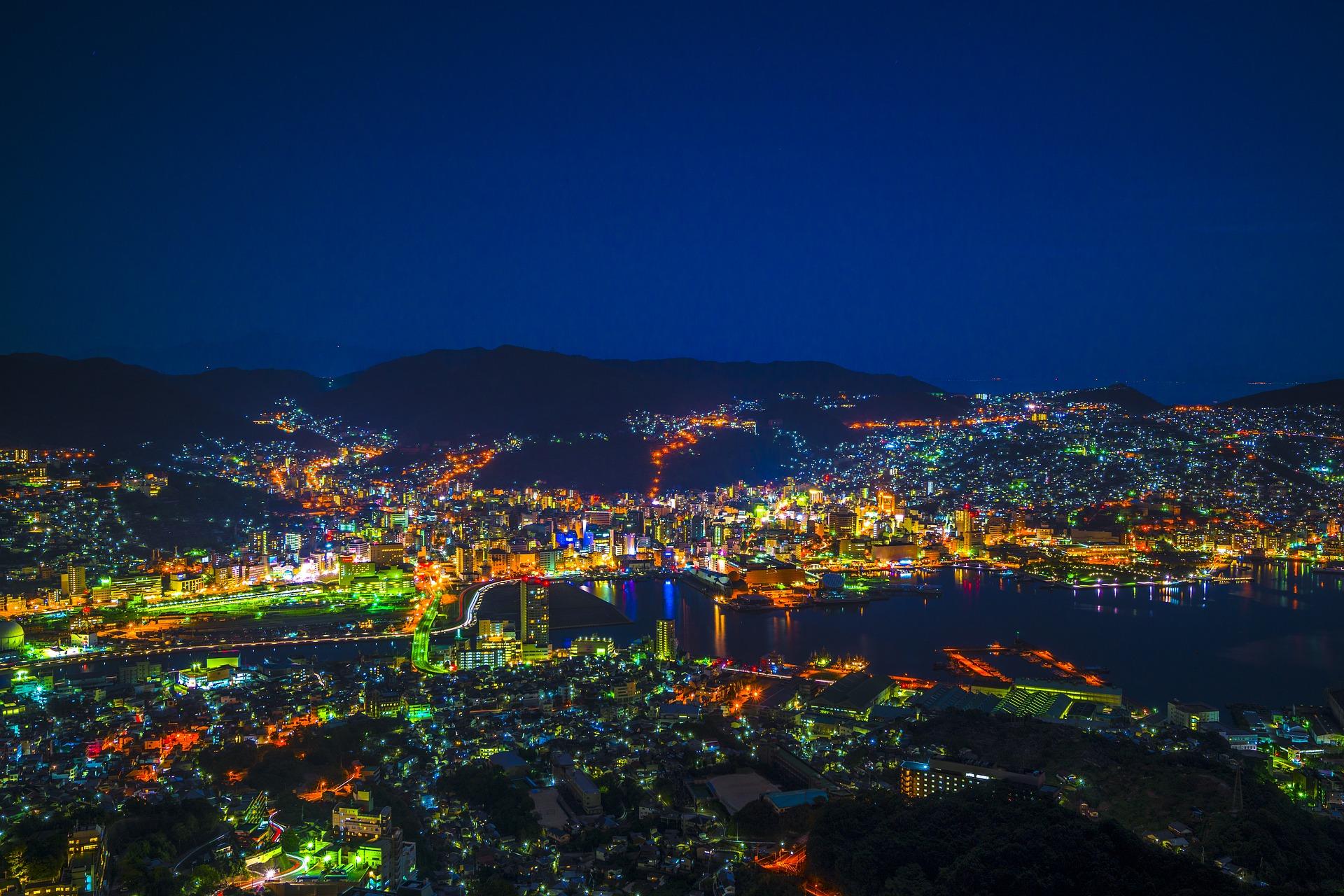
If you’re visiting Japan, you’ll find that there are onsen all over the country. This is particularly true in Kyushu, which is famous for the hot springs. The Unzen and Beppu onsen are particularly popular. Once you’ve tried them, you won’t want to leave so try to make the most of your time there.
The city of Fukuoka is home to over 1.5 million people and is worth visiting. There are skyscrapers by the beach and a fantastic transport system.
With shopping centers, Japanese markets, views of the Genkai Sea, noodles by Hakata Bay, and Japanese tea ceremonies, you won’t get bored here. You can also learn more about Japanese culture and history in the museums and at local monuments.
There are a few places in Kyushu that you have to visit!
- Mount Aso and Sakurajima, the island’s two volcanoes.
- Nagasaki and Japanese cultural heritage.
- The coastal city of Miyazaki.
- The picturesque city of Kumamoto and its castle.
- Kagoshima, the Naples of the East.
- The local culture of the Okinawa archipelago.
There are also festivals across Kyushu that you can take part in such as the Nagasaki Lantern Festival. In terms of food, we recommend you try Hakata ramen and motsunabe.
Okinawa: Japan’s Tropical Paradise and Cultural Gem
Okinawa, the southernmost of Japan’s five main islands, is known for its stunning beaches, subtropical climate and culture. Part of the Ryukyu archipelago, Okinawa consists of the main island, Okinawa Hontō, and several smaller islands scattered across the East China Sea. Unlike the rest of Japan, Okinawa has a distinct history as part of the Ryukyu Kingdom, which influenced its traditions, language and architecture.
The island's natural beauty is one of its biggest draws. Okinawa is know for it's white sand beaches, crystal-clear waters and colorful coral reefs. This island is a paradise for snorkeling and scuba diving. Culturally, Okinawa stands apart from mainland Japan. Shuri Castle, a UNESCO World Heritage Site, showcases the island’s combination of Japanese and Chinese architectural influences. It reflects its history as a trading area.
Okinawan cuisine features delicious dishes like goya champuru (bitter melon stir-fry) and soki soba (pork noodle soup), showcasing fresh amd local ingredients. This healthy and flavorful diet is often credited as a key factor in Okinawa's renowned longevity, with many locals living well into their 90s and beyond!
Okinawa is also home to a rich tradition of music and dance. The island's folk music often features the sanshin, a three-stringed instrument, and traditional eisa dances are a huge part of festivals and celebrations! Okinawa's natural beauty, welcoming locals and rich traditions make it a must-visit destination for travelers looking to discover a different side of Japan.
Learn Japanese with Superprof
Now you should know a little more about Japan’s main islands. To learn more about Japan and the islands, check out our other articles on the subject. You can also learn about Japan and the Japanese language from a tutor on Superprof. There are tons of Japanese tutors on the platform and you can enjoy either face-to-face tutorials, group tutorials, or online tutorials from them.
Each type comes with its advantages and disadvantages so it's down to you and your budget to decide which is right for you. Don't forget that a lot of the tutors on Superprof offer the first lesson for free so try a few different tutors and types of tutorials out before deciding on which will work for you!
Which of the five islands are you going to visit first?

